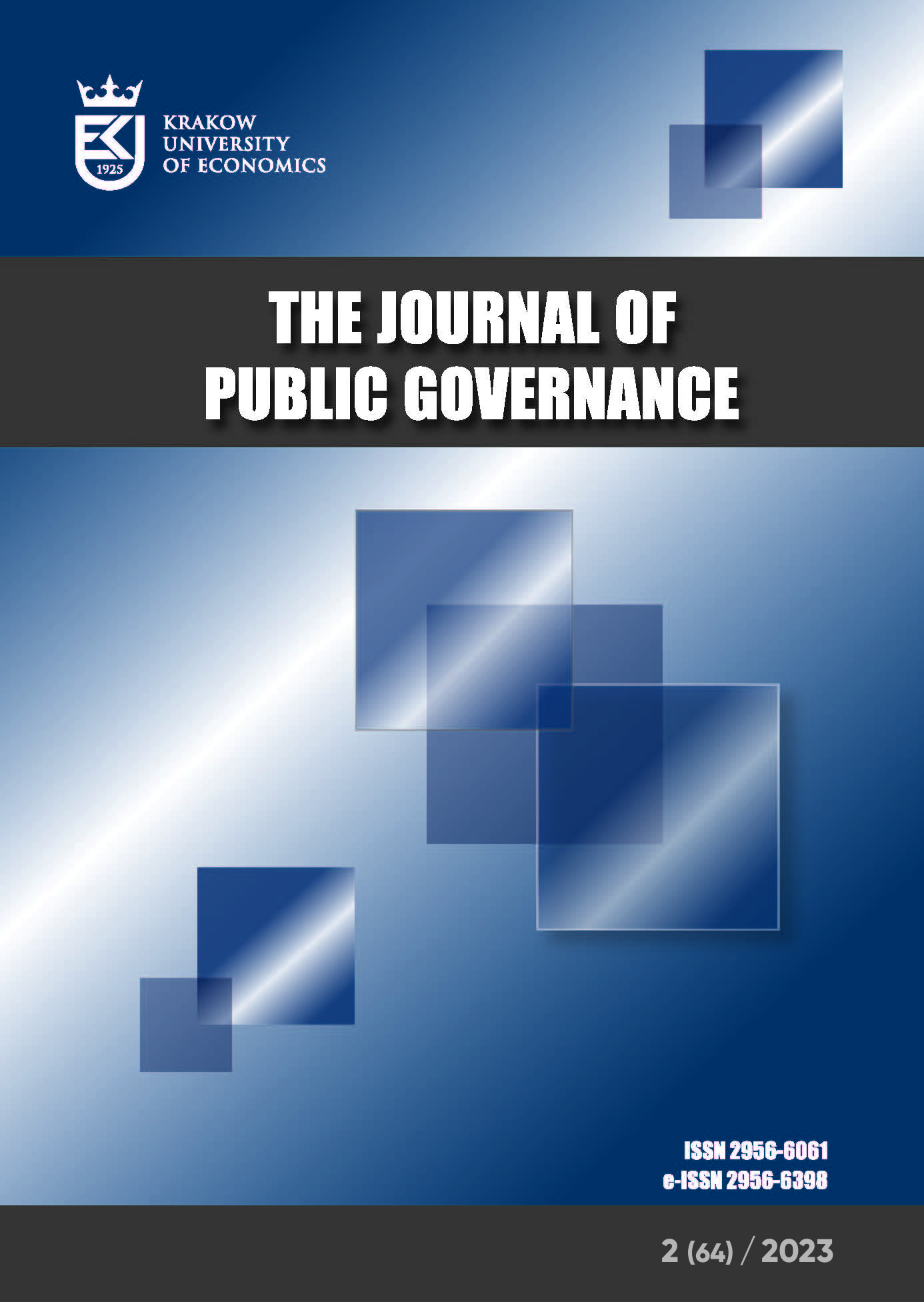Enjoying Water in a Fragmented City: The Rhine–Herne Canal as a Mirror of a Changing Society
DOI:
https://doi.org/10.15678/ZP.2020.54.4.04Keywords:
Rhine–Herne Cannal, water, swimming, social polarisation, de-industrialisationAbstract
Objectives: This article aims at increasing the knowledge on how cities are changing by processes of post-industrialism.
Research Design & Methods: The article reviews the historical process of the use of water in the Rhine–Herne canal and the surrounding city of Gelsenkirchen.
Findings: The article shows that the canal has regained significance to people. However, depending on the social status, the canal means something different now. For the urban poor, it is again a place for refreshment and free swimming. For the middle class, it is a popular spot for dining out and acquiring a sense of maritime atmosphere.
Implications / Recommendations: Water in post-industrialism requires a socially differentiated understanding.
Contribution / Value Added: The article contributes to a critical review on contemporary urban planning policies regarding water.
Article classification: theoretical article (conceptual article)
JEL classification: O29, Z13
Downloads
References
Beauregard, R. A. (2003). Voices of Decline: The Postwar Fate of U.S. Cities. Routledge.
Cormont, P. (2012) Proaktive Anpassung der Wasserinfrastruktur an die Auswirkungen des Klimawandels in der Emscher-Lippe-Region. In A. Growe, K. Heider, C. Lamker, S. Paßlick, & T. Terfrüchte (Eds.), Polyzentrale Stadtregionen. Die Region als planerischer Handlungsraum (pp. 170–182). Arbeitsberichte der ARL 3.
Eckardt, F., & Morgado, S. (Eds.). (2011). Understanding the Post-Industrial City. Königshausen und Neumann.
Eckoldt, M. (Ed.) (1998). Flüsse und Kanäle. Die Geschichte der deutschen Wasserstrassen. DSV.
Faust, H. (1999). Das Ruhrgebiet: Erneuerung einer europäischen Industrieregion; Impulse für den Strukturwandel durch die Internationale Bauausstellung Emscher Park. Europa Regional, 7(2), 10–18.
Finewood, M. (2015). Critical Approaches to Urban Water Governance: From Critique to Justice, Democracy, and Transdisciplinary Collaboration. Water, 2(2), 85–96.
Kirbach, R. (2017). Leben in zwei Welten. In I. Kibgis (Ed.), Lesebuch Ilse Kibgis (pp. 147–151). Aisthesis.
Gandy, M. (2005). Das Wasser, die Moderne und der Niedergang der bakteriologischen Stadt. Leviathan, 33, 522–543.
Gietinger, K. (2020). Kapp-Putsch. Schmetterling-Verlag.
Hüßler, S. (2018). Entwurf eines Stadtstrukturmodells für Industriestädte dargestellt an den Raumbeispielen Herne und Wanne-Eickel. Dissertation. Universität Duisburg-Essen: Fakultät für Geisteswissenschaften.
Kibgis, I. (2017). Lesebuch Ilse Kibgis. Aisthesis.
Leary-Owhin, M. E. (2016). Exploring the Production of Urban Space: Differential Space in Three Post-Industrial Cities. Policy Press.
Libbe, J., & Nickel, D. (2016) Wasser in der Stadt der Zukunft – planerische Herausforderungen und politische Aufgaben. disP – The Planning Review, 52(3), 110–115.
Rudolf, B. (2014). Effizienz ohne Gewinn. Die Zeche Graf Bismarck. In A. Kraus & D. Schmidt (Eds.), Stadt auf Kohle. Eine Lesebuch zu Geschichte der Zechen in Gelsenkirchen (pp. 220–232). Klartext.
Schmidt, O. (2009). Schlagader des Ruhrgebiets. Zur Geschichte des Rhein-Herne-Kanals. In F. Brassel (Ed.), Nichts ist so schön wie… Geschichte und Geschichten aus Herne und Wanne-Eickel (pp. 93–
99). Klartext.
Shaw, R. (2002). The International Building Exhibition (IBA) Emscher Park, Germany: A Model for Sustainable Restructuring? European Planning Studies, 10(1), 77–97.
Sympher, L. (2012/1899). Die wirtschaftliche Bedeutung des Rhein-Elbe-Kanals. Salzwasser Verlag.
Urich, C., Sitzenfrei, R., Kleidorfer, M., & Rauch W. (2013). Klimawandel und Urbanisierung – wie soll die Wasserinfrastruktur angepasst werden? Österr. Wasser- und Abfallw, 65, 82–88.
Wehling, H.-W. (2014). Gelsenkirchen. Stadtentwicklung, Strukturwandel und Zukunftsperspektiven. Münster.
Włodarczyk-Marciniak, R., Sikorska, D., & Krauze, K. (2020). Residents’ awareness of the role of informal green spaces in a post-industrial city, with a focus on regulating services and urban adaptation
potential. Sustainable Cities and Society, 59.
Zimpel, J. (2019). New landscapes of the post-industrial city. Polish Journal of Landscape Studies, 2(4–5), 87–98.
Downloads
Published
How to Cite
Issue
Section
License
Open Access, licence: CC-BY 4.0




